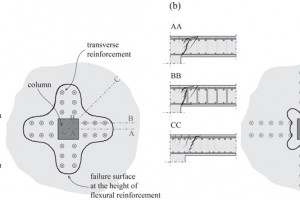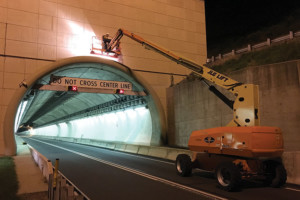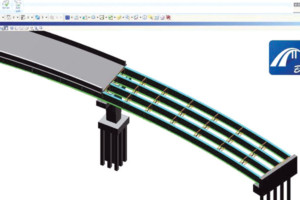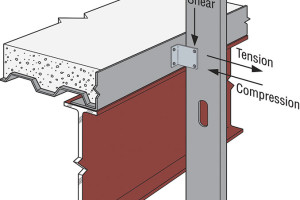A Discussion on the Development of the Delamination of Concrete Cover in the Soffit of the Slab
Punching shear behavior is a topic that has attracted much attention from engineers in the last decades because of several collapses caused by punching shear failures. Introducing transverse reinforcement is the most common solution when the geometry of the slab-column connection has to be maintained and punching shear resistance has to be increased. …








